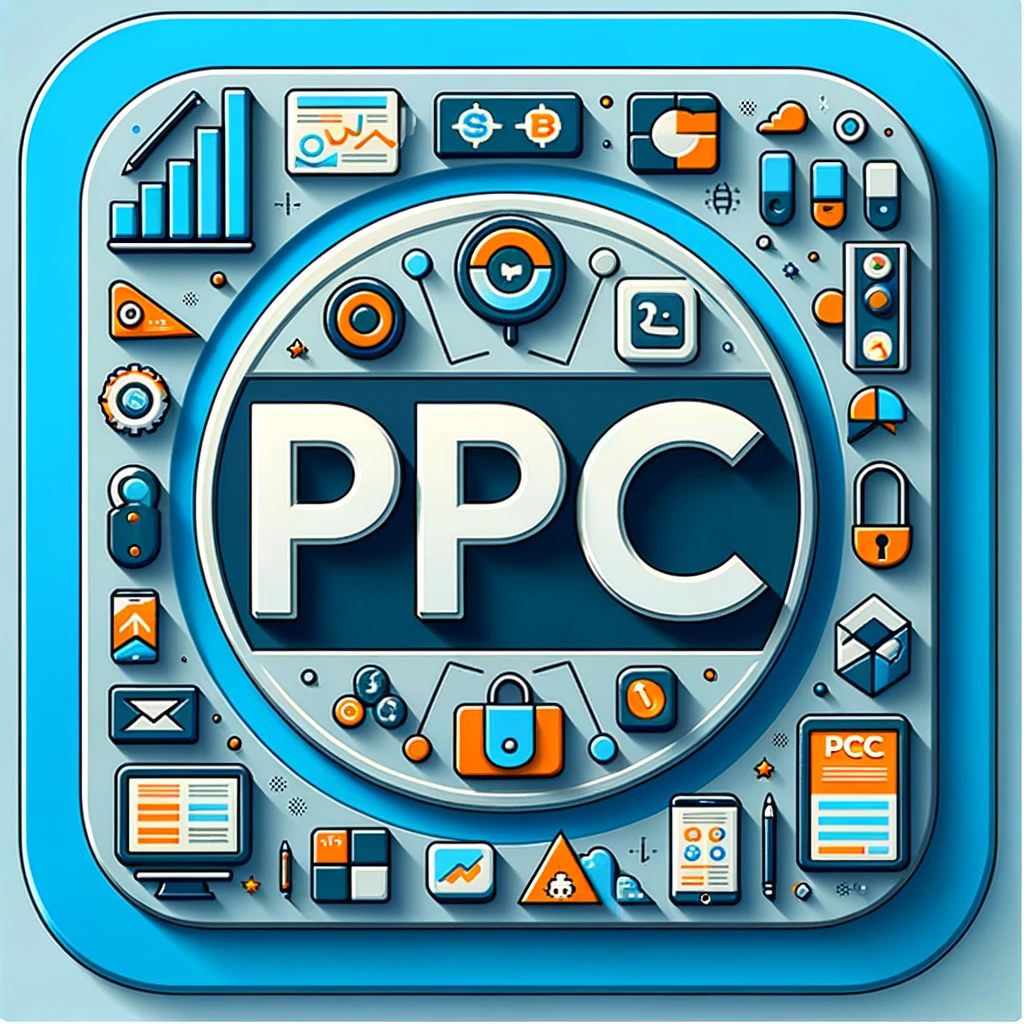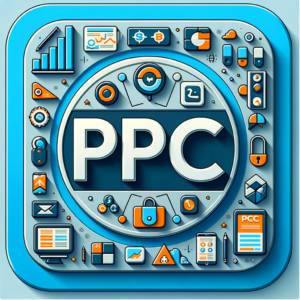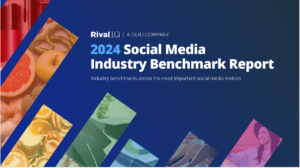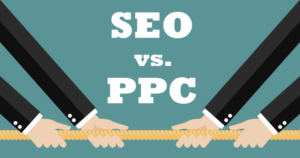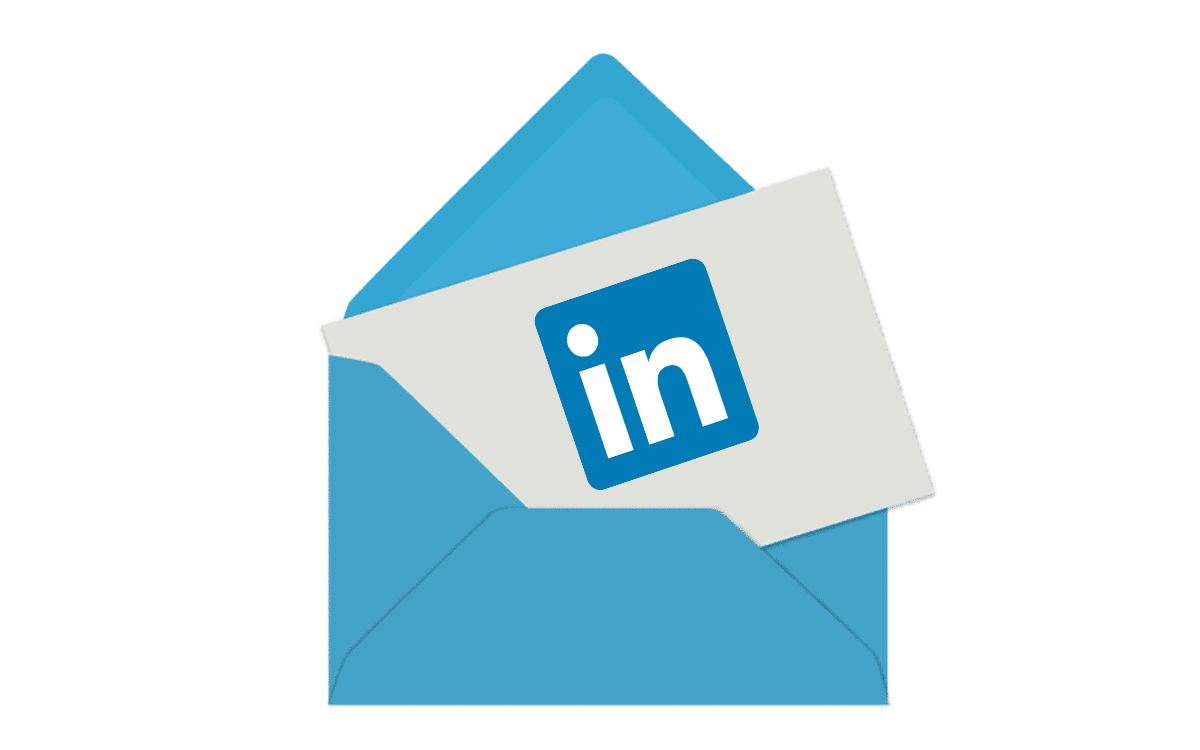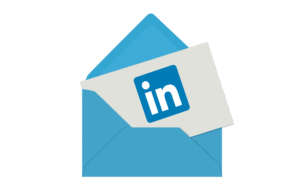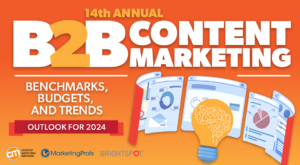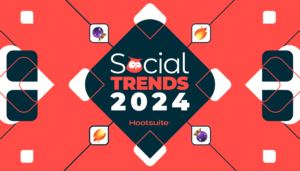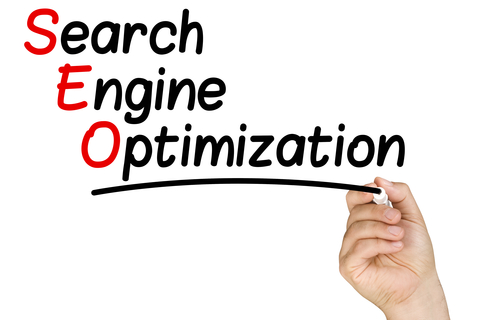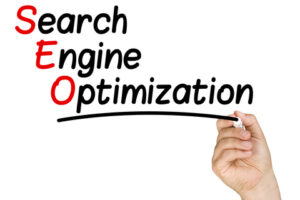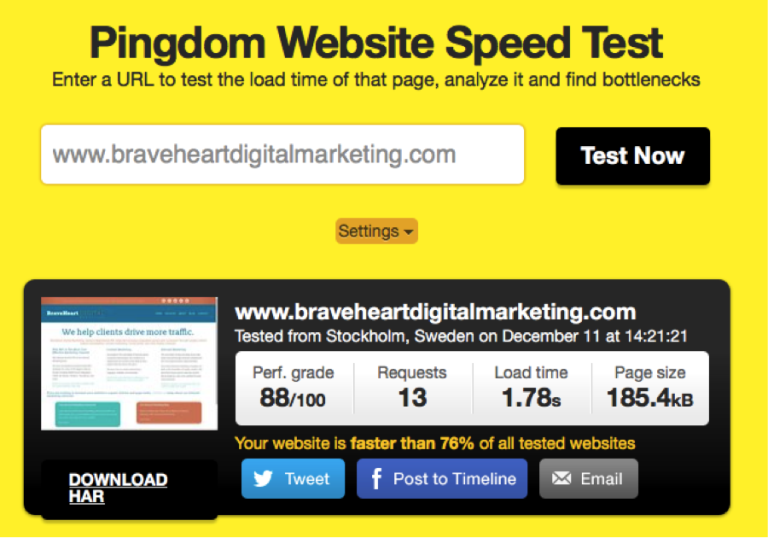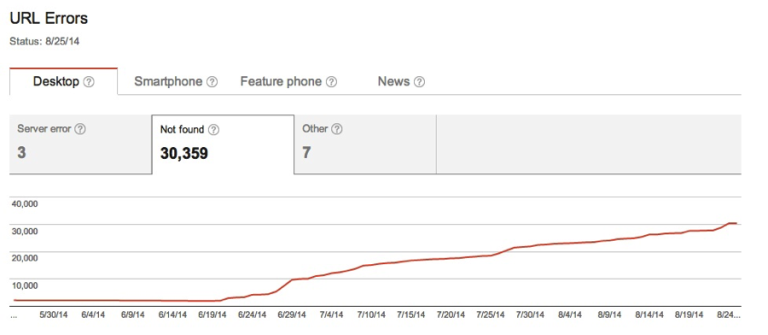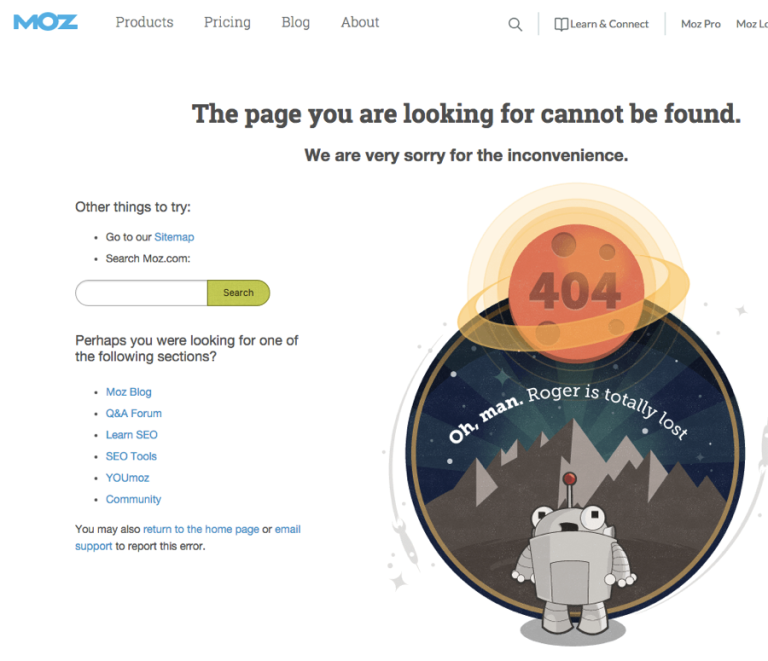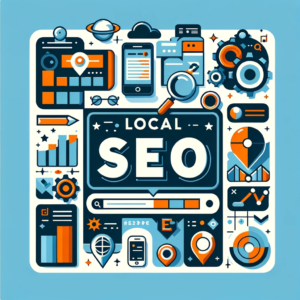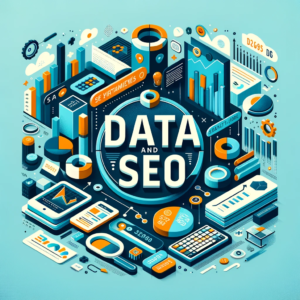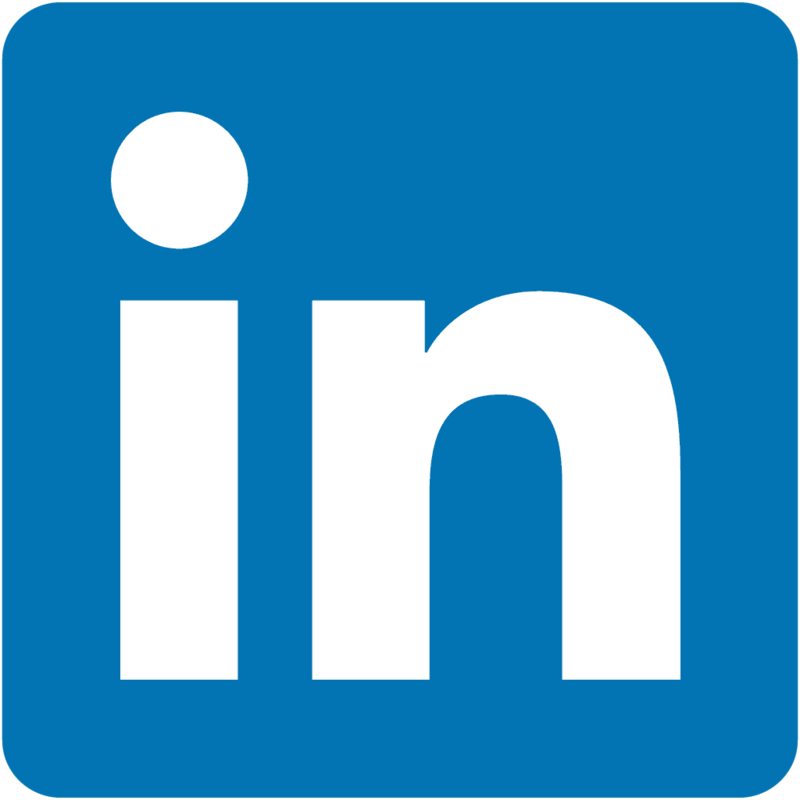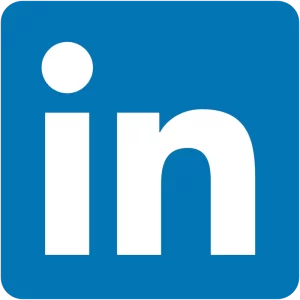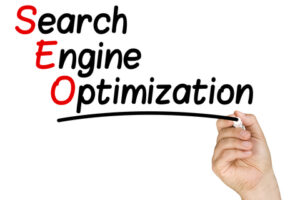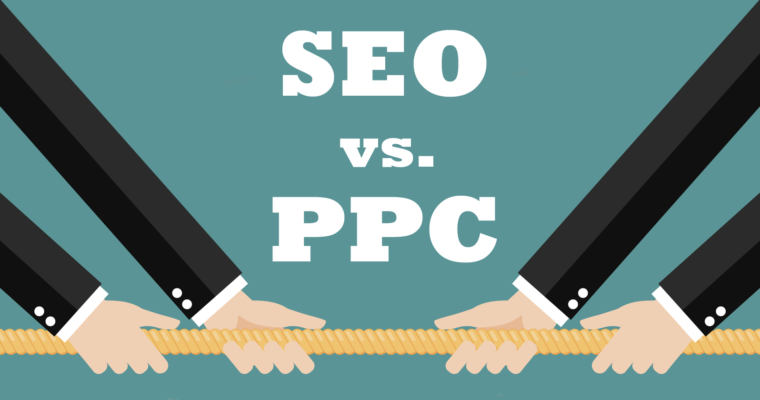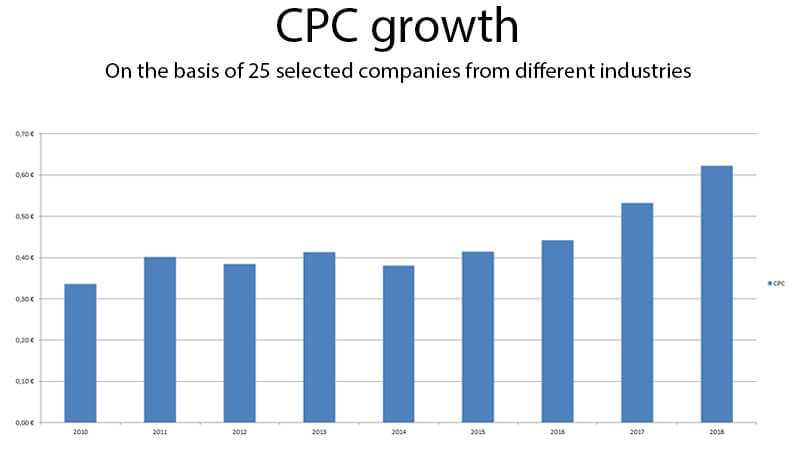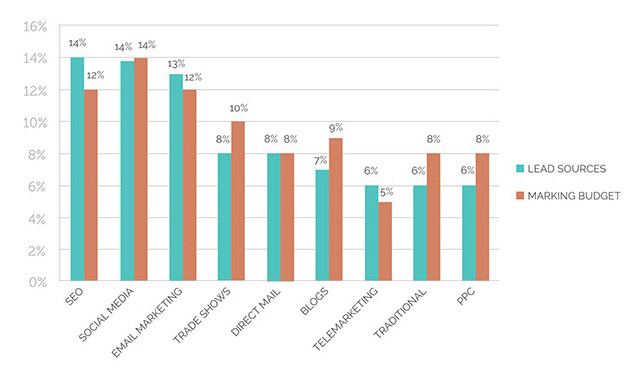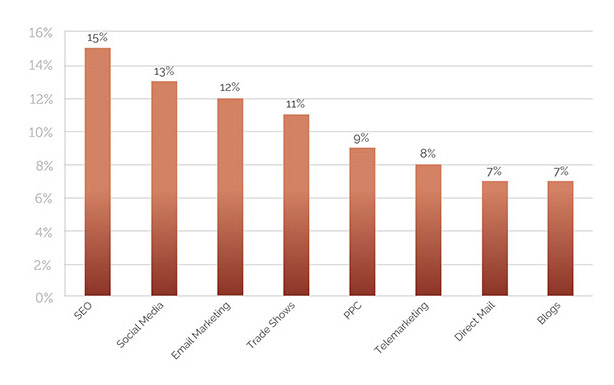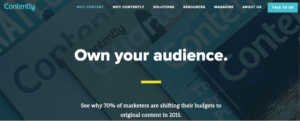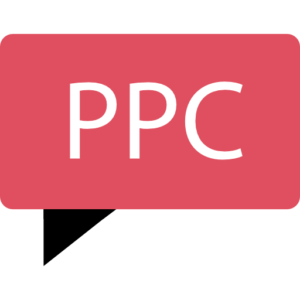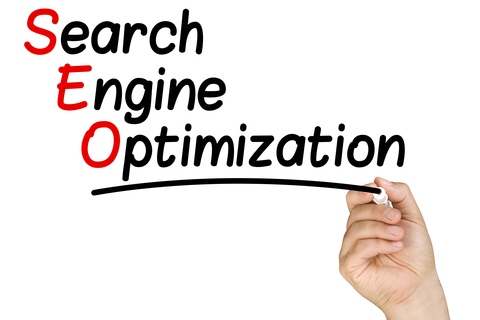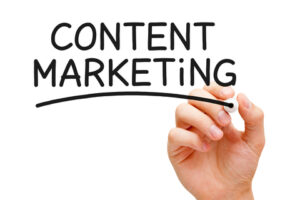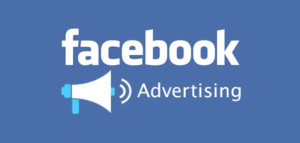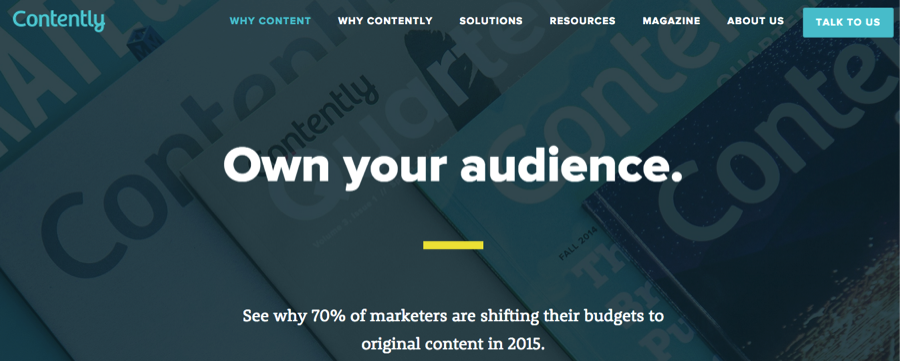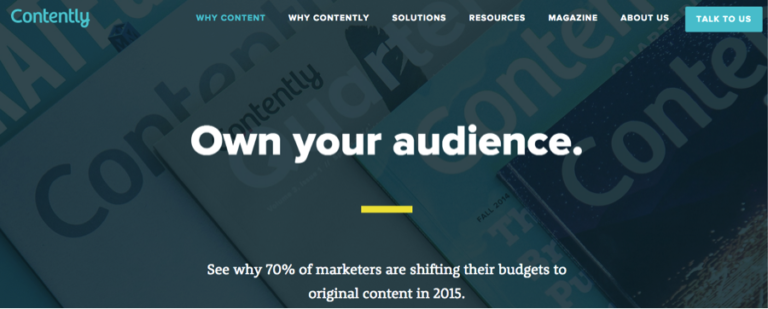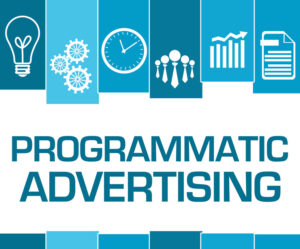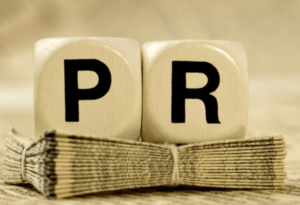The Top 8 Benefits of SEO Experience for Your Business
Many years ago I was listening to Eric Ward, long-term linking strategist, dissect a Google ranking and a website’s backlink profile.
Eric was asked about the top ranking for the search “Archery Clubs.” Out of 1.6 million results, the number one listing was The Olympic Arrow. Eric notes that this website was not optimized from an SEO perspective, and a viewer asks him why this site is ranked so highly.
That’s a good question, and to answer it, Eric pulls up a third party link reporting tool to check the backlink profile of The Olympic Arrow. Surprisingly, the site only has six backlinks that are all from directories.
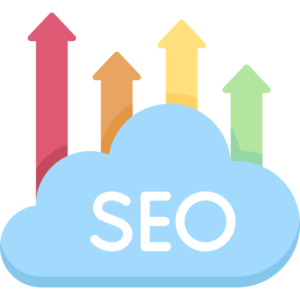
This is where Eric’s experience in SEO makes a significant difference in this investigation. Since all three backlink checkers show similar data, someone less experienced may have concluded that a site with just seven-ten directory links could rank on the first page of Google for the term “Archery Clubs.”
But Eric is not an amateur. He knows from experience that it takes more than six directory backlinks to rank for a keyword with 1.6M competing results on Google. His next step? Eric looks for mentions of the domain in Google, using the advanced search query “theolympicarrow-site:www.theolympicarrow.com.”
This search reveals documents and websites that mention “The Olympic Arrow” without necessarily linking back to it and includes places where third-party tools don’t look.
The search shows that The Olympic Arrow has a Youtube channel, Facebook page, Pinterest page and is referenced by local news stations and a PDF on the United States Olympic Committee website.
Further examination demonstrates why Google ranks this site as highly as it does. It has a broad based social media presence, positive comments from authoritative local media outlets, and links from .org’s including the United States Olympic Committee website.
To replace this site from the top of the Google rankings would require a competitor with a stronger backlink profile. And that is why you cannot disregard experience when it comes to SEO. Experience means that you can look at the data from tools and put that data in perspective, instead of just blindly accepting it as being right.
Experience knows not only when to dig deeper into a result but also what tools and resources to use to discover what’s going on beneath the surface. That’s why when it comes to SEO, you want someone who has been in the business for a long time, who knows where to look, and what to look for.
In addition to being about to dissect why one website is ranking higher than another, an experienced SEO team can also help you to improve your click-through rate, conversions, and ROI.
Here are the top eight benefits of having SEO experience on your side:
1. Increased Visibility
2. You'll Benefit from Their Experience and Insight
3. You'll Save Time
4. You'll Get More bang for Your Buck
5. Improved Click-Through Rate
6. More Leads and Customers
7. Higher Conversion Rate
8. Increased ROI
Recent Posts

The Power of Online Reviews for Small Businesses
The Power of Online Reviews for Small Businesses As a small business owner, you may be wondering why online reviews are so important. Online reviews
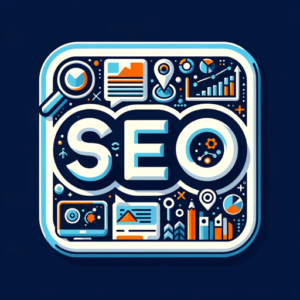
Five Most Important SEO Metrics
The Five Most Important SEO Metrics I recently came across the HubSpot State of Marketing report which showed how companies measure the success of their
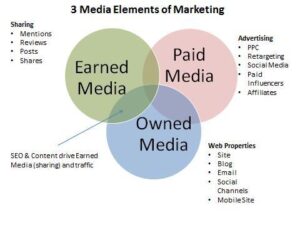
The Three Traffic Sources For Startups
The Three Traffic Sources For Startups I was recently re-reading Randall Stross’s book, The Launch Pad: Inside Y Combinator, Silicon Valley’s Most Exclusive School for

SEO: The Key to Sustainable Business Growth
SEO: The Key to Sustainable Business Growth Search Engine OptimizationIn today’s digital landscape, businesses can no longer afford to underestimate the power of search engine
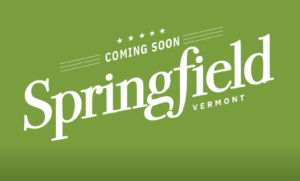
Vermont Web Design
Springfield802.com Partners with Braveheart Digital Marketing to Enhance Online Presence Springfield802.com, the premier digital platform for Springfield, Vermont, today announced a partnership with Braveheart Digital

AI In Digital Marketing
Mastering AI in Digital Marketing Today, the digital world changes fast, thanks to new tech. In this landscape, Artificial Intelligence (AI) is a big deal,

